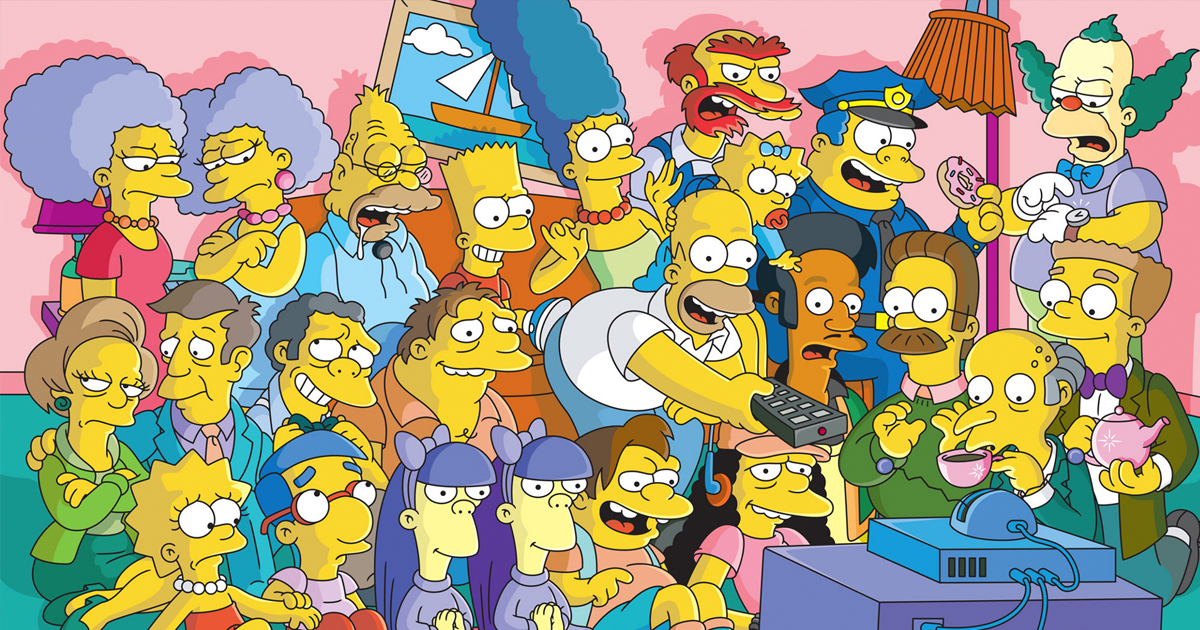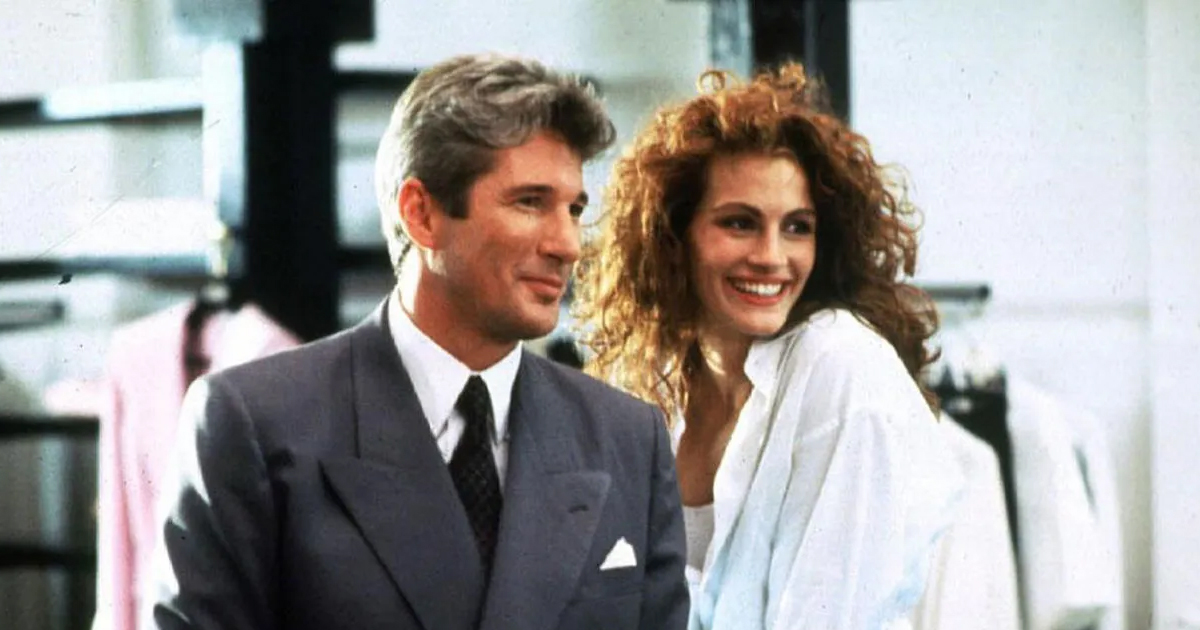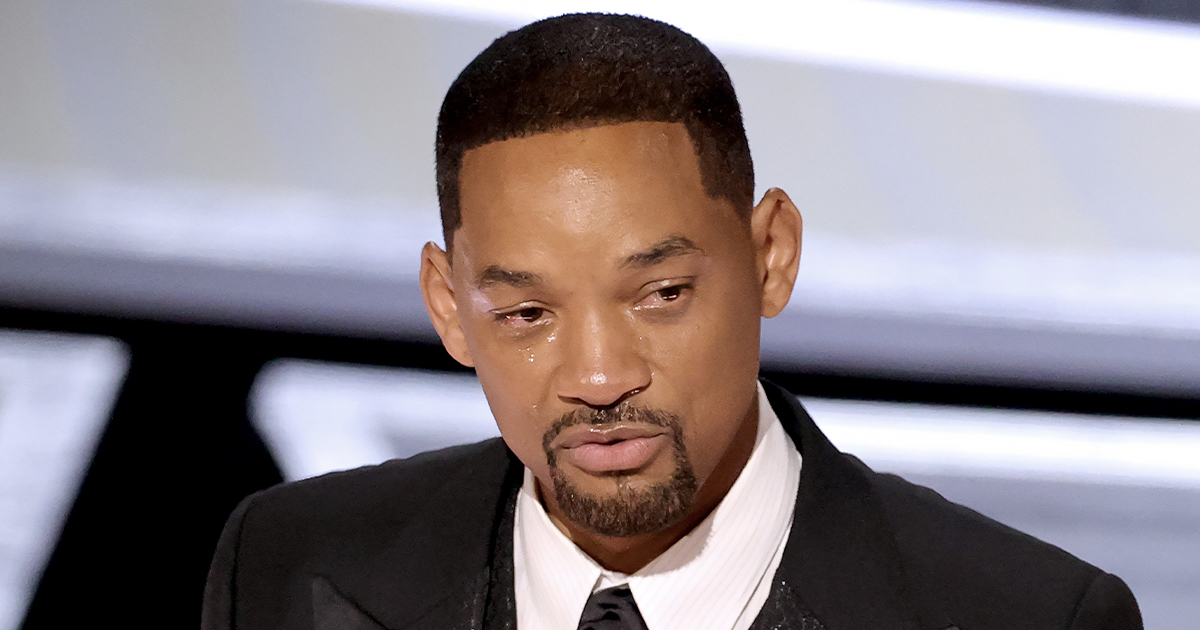Secret Lives Of Celebrities
Spies are supposed to blend in, not stand out. But what if some famous folks were leading double lives? You’ll never look at these celebs the same way again.

Mata Hari
Glamour, mystery, and scandal—Mata Hari had it all. Born Margaretha Geertruida Zelle in 1876, she reinvented herself as an exotic dancer in Paris. But her daring charm extended beyond the stage. During WWI, this Dutch entertainer mingled with high-profile officials, earning both admiration and suspicion.
 scan from a magazine, Wikimedia Commons
scan from a magazine, Wikimedia Commons
Mata Hari (Cont.)
Espionage became her downfall. She was arrested in 1917 after being indicted for being a double agent for Germany and France. Trading pillow talk for military intelligence? That’s not gonna fly well. Whether she was truly a spy or just a convenient scapegoat remains debated, though.
 Unknown Author, Wikimedia Commons
Unknown Author, Wikimedia Commons
Coco Chanel
Before Chanel No. 5 became a household name, Gabrielle “Coco” Chanel was revolutionizing fashion. She freed women from corsets, introduced timeless designs, and built an empire of elegance. She rose from a humble orphanage to the pinnacle of Parisian high society. But beneath the luxury lay a dangerous secret.
 Unknown Author, Wikimedia Commons
Unknown Author, Wikimedia Commons
Coco Chanel (Cont.)
During WWII, Chanel’s ties to Nazi officers ran deep. Codenamed “Westminster” by the Germans, she worked as an agent for the Abwehr, their intelligence agency. Her mission was to leverage her high-profile connections to broker peace between Germany and Britain.
 Los Angeles Times, CC BY 4.0, Wikimedia Commons
Los Angeles Times, CC BY 4.0, Wikimedia Commons
Coco Chanel (Cont.)
She even traveled to Madrid in 1943 to negotiate with British officials—though her efforts failed. Despite overwhelming evidence, Chanel evaded punishment. Some say her powerful friends, including Winston Churchill, shielded her from prosecution. After the war, she retreated to Switzerland before making a legendary comeback in fashion.
 Unknown Author, Wikimedia Commons
Unknown Author, Wikimedia Commons
Josephine Baker
As an American-born dancer and singer, Josephine Baker became a sensation in 1920s Paris, dazzling audiences with her bold performances. But when WWII erupted, her loyalty lay with the French Resistance. Fame gave her access, and she turned it into a weapon.
 Studio Harcourt, Wikimedia Commons
Studio Harcourt, Wikimedia Commons
Josephine Baker (Cont.)
Baker smuggled military secrets—literally. Writing coded messages in invisible ink on her sheet music, she carried intelligence across borders without raising suspicion. Even her luggage held hidden notes. She charmed Nazis at social events, gathering information that helped the Allies. And for this, France honored her with the Croix de Guerre.
 Daan Noske / Anefo, CC0, Wikimedia Commons
Daan Noske / Anefo, CC0, Wikimedia Commons
Julia Child
Before she was America’s favorite TV chef, Julia Child, she was OSS Agent Child. Standing over six feet tall, she was hard to miss, but that didn’t stop her from joining the Office of Strategic Services (OSS) when WWII broke out. She handled top-secret intelligence across Asia and Europe.
 Lynn Gilbert, CC BY-SA 4.0, Wikimedia Commons
Lynn Gilbert, CC BY-SA 4.0, Wikimedia Commons
Julia Child (Cont.)
Child’s most unexpected assignment involved developing shark repellent to protect underwater explosives. While she never went full 007, she played an important role in coordinating wartime intelligence. Later, she traded spycraft for soufflés, but her days in espionage added a touch of intrigue to her legendary career.
 Kingkongphoto & www.celebrity-photos.com, CC BY-SA 2.0, Wikimedia Commons
Kingkongphoto & www.celebrity-photos.com, CC BY-SA 2.0, Wikimedia Commons
Sterling Hayden
Hollywood star turned war hero and undercover agent—Sterling Hayden lived a life straight out of a movie script. Best known for roles in The Godfather and Dr. Strangelove, he started as a rugged leading man. But when WWII broke out, he swapped the silver screen for real-life action.
 trailer screenshot, Wikimedia Commons
trailer screenshot, Wikimedia Commons
Sterling Hayden (Cont.)
Working for the OSS, Hayden smuggled weapons to anti-Nazi resistance fighters in Yugoslavia. He navigated dangerous waters, outsmarted enemies, and risked everything to support the fight against fascism. Later, he regretted briefly cooperating with McCarthy-era investigations, but his bravery remained undeniable.
 Lewis Allen, Wikimedia Commons
Lewis Allen, Wikimedia Commons
Ian Fleming
Before he created the world’s most famous spy, James Bond, Ian Fleming was living the life of one. As a British Naval Intelligence officer during WWII, he worked on high-stakes espionage missions and crafted covert operations that read like scenes from a Bond novel.
 Ian Fleming about James Bond and himself by FYchord
Ian Fleming about James Bond and himself by FYchord
Ian Fleming (Cont.)
He even helped plan Operation Mincemeat, a daring deception that tricked German soldiers with a lifeless body carrying false documents. Fleming was surrounded by real-life secret agents who became the blueprint for 007. Bond’s suave persona came from men like Dusko Popov, a Serbian double agent known for his womanizing and casino bravado.
 Ewen Montagu Team, Wikimedia Commons
Ewen Montagu Team, Wikimedia Commons
Ian Fleming (Cont.)
The gadgets? Inspired by Charles Fraser-Smith, the real-life Q who designed spy tools for MI6. Even Bond’s signature movie, License To Kill, was based on a directive Fleming had knowledge of: the Special Operations Executive’s authority to eliminate high-value targets. Every deadly mission had roots in the intelligence world Fleming knew firsthand.
 LICENCE TO KILL Clip - Plane Heist (1989) James Bond by JoBlo Movie Clips
LICENCE TO KILL Clip - Plane Heist (1989) James Bond by JoBlo Movie Clips
Harpo Marx
The legendary comedian, famous for his slapstick antics and refusal to speak on-screen, had a hidden talent beyond comedy. During the 1930s, he toured Soviet Russia—and carried out covert operations while at it. Harpo Marx was a secret messenger that no one quite questioned.
 Vandamm Studio, Wikimedia Commons
Vandamm Studio, Wikimedia Commons
Harpo Marx (Cont.)
Under the guise of entertainment, Harpo delivered messages between the US and Soviet officials, hidden in his props and luggage. His ability to move between high-profile circles made him an unlikely but effective courier. Who would suspect a man famous for clowning around to be dealing in international secrets?
 CBS Television, Wikimedia Commons
CBS Television, Wikimedia Commons
Cary Grant
The suave and charming Cary Grant was the definition of the Hollywood leading man. But behind the tuxedo, he was keeping an eye on Nazi sympathizers in Tinseltown. Originally born in England, Grant had deep ties to his homeland and took his role in the war effort seriously.
 unknown (RKO Pictures), Wikimedia Commons
unknown (RKO Pictures), Wikimedia Commons
Cary Grant (Cont.)
Grant worked with British intelligence to monitor suspected Nazi supporters in Hollywood, including actors and studio executives. While he never carried a weapon or engaged in action, he reportedly passed necessary information to MI6, helping to expose those sympathizers.
 Metro-Goldwyn-Mayer, Wikimedia Commons
Metro-Goldwyn-Mayer, Wikimedia Commons
Roald Dahl
The man behind Charlie and the Chocolate Factory wasn’t just writing whimsical tales—he was charming his way into classified secrets. During WWII, Roald Dahl worked for British intelligence in Washington, DC, using his wit and charm to gather intel from powerful American figures.
 Carl Van Vechten, Wikimedia Commons
Carl Van Vechten, Wikimedia Commons
Roald Dahl (Cont.)
His mission? Influence US political figures to support Britain’s war efforts. Dahl’s charisma won him access to high-ranking officials, even reportedly engaging in affairs with influential women to extract information. He later admitted that his real-life spy work was “dirty business,” but it certainly added another layer to his storytelling skills.
 Hans van Dijk for Anefo, CC BY-SA 3.0, Wikimedia Commons
Hans van Dijk for Anefo, CC BY-SA 3.0, Wikimedia Commons
John Steinbeck
Few would suspect the Pulitzer Prize-winning author of The Grapes of Wrath to be dabbling in espionage, but John Steinbeck had a secret side. Archives from the Central Intelligence Agency (CIA) revealed that during WWII, he worked with the OSS, America’s precursor to the CIA, gathering intelligence in Europe and North Africa.
 Los Angeles Daily News, CC BY 4.0, Wikimedia Commons
Los Angeles Daily News, CC BY 4.0, Wikimedia Commons
John Steinbeck (Cont.)
His literary skills made him a perfect fit for propaganda efforts and covert reporting. Steinbeck never saw himself as a traditional spy, but his ability to blend into different environments made him an invaluable asset. And Walter Bedell Smith (CIA Director) thought so, too.
 Olavi Kaskisuo / Lehtikuva, Wikimedia Commons
Olavi Kaskisuo / Lehtikuva, Wikimedia Commons
Moe Berg
A baseball player-turned-spy sounds like the plot of a Hollywood thriller, but for Moe Berg, it was real life. A major league catcher with degrees from Princeton and Columbia, Berg was as brainy as he was athletic. His true calling, however, came during the second war.
Moe Berg (Cont.)
Berg worked for the OSS and gathered intelligence on Germany’s nuclear program. He even snuck into lectures by top physicists to determine if the Nazis were close to developing an atomic bomb. His missions were so secretive that much of his work remains classified to this day.
 National Archives and Records Administration, Wikimedia Commons
National Archives and Records Administration, Wikimedia Commons








